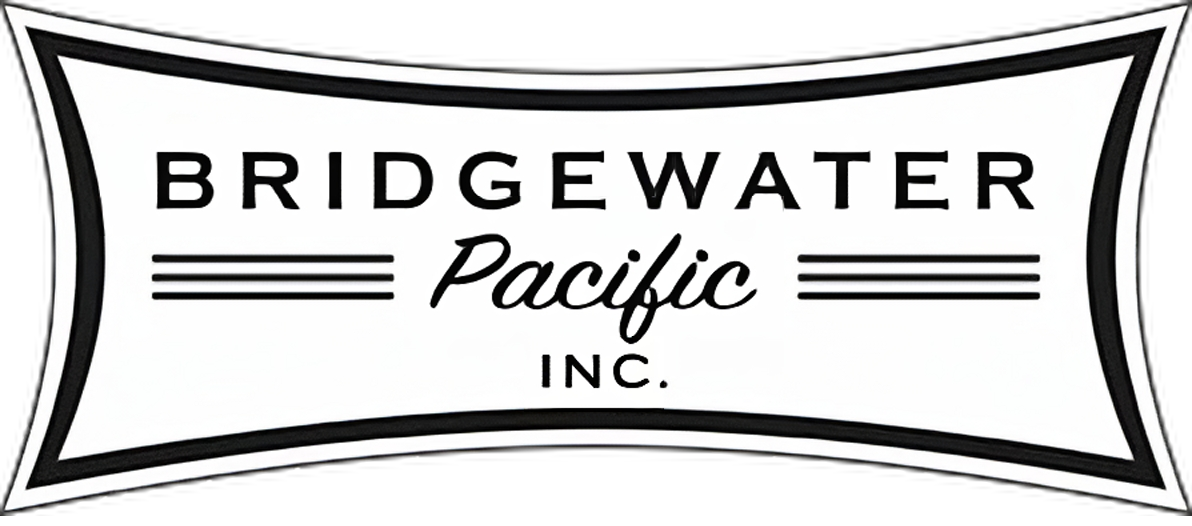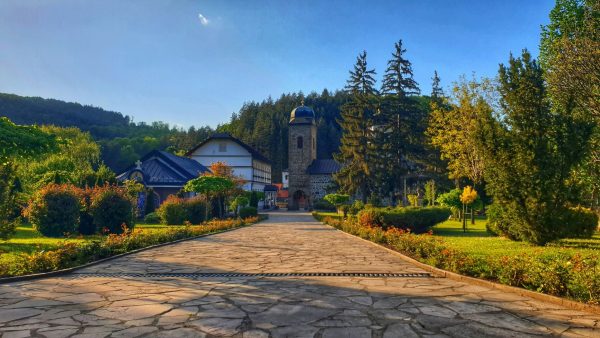The Natural Beauty of Flagstone for Outdoor Hardscapes
Flagstone is a popular choice for homeowners seeking to add a touch of natural beauty and rustic charm to their outdoor hardscaping projects. Made from sedimentary rock, flagstone pavers are renowned for their unique textures, earthy colors, and irregular shapes that provide a one-of-a-kind look to any landscape design.
Pros of Using Flagstone in Your Hardscaping Project
- Unique and Natural Appearance: Each flagstone paver is distinct, offering a warm and inviting ambiance that celebrates the beauty of nature. The organic shapes, varied hues, and textured surfaces create a visually striking and timeless aesthetic that adds character and depth to your outdoor living space.
- Durability: Despite its natural origin, flagstone is an incredibly durable material that can withstand harsh weather conditions, heavy foot traffic, and the test of time. Its dense composition and non-porous nature make it resistant to cracking, chipping, and fading, ensuring your hardscaping project maintains its beauty for years to come.
- Versatility: Flagstone can be used in a wide range of hardscaping applications, from creating stunning patios and walkways to enhancing the beauty of pool decks, garden paths, and outdoor living areas. Its versatility allows you to seamlessly integrate it into various landscape designs, blending it with other hardscaping elements or using it as a focal point.
- Increased Property Value: The timeless appeal and natural beauty of flagstone can potentially increase the resale value of your home. Its ability to create a warm and inviting outdoor environment is highly sought after by homebuyers, making it a valuable investment in your property.
Cons of Using Flagstone in Your Hardscaping Project
- Uneven Surface: Due to the irregular shapes and textures inherent in flagstone, the surface can be uneven, which may pose a potential tripping hazard for some individuals. This may be a consideration for those with mobility issues or families with young children.
- Installation Difficulty: Flagstone installation can be more challenging and time-consuming compared to other paving materials. The irregular shapes and sizes of the stones require careful planning and skilled labor to ensure a seamless and level surface.
- Maintenance Requirements: While durable, flagstone may require periodic sealing and cleaning to maintain its vibrant appearance and prevent staining or discoloration over time. Proper maintenance is crucial to preserve the natural beauty of your flagstone hardscaping.
- Cost: Depending on the type and quality of flagstone, as well as the complexity of the installation, this material can be more expensive than other paving options. However, the investment in flagstone is often justified by its exceptional beauty and longevity.
The Versatility and Low-Maintenance Appeal of Pavers
Pavers are a popular hardscaping material that offer a wide range of shapes, colors, and textures to suit various outdoor design preferences. Made from concrete, clay, or natural stone, pavers are designed to provide a durable and low-maintenance surface for patios, walkways, and other outdoor living areas.
Pros of Using Pavers in Your Hardscaping Project
- Versatility: Pavers come in a vast array of shapes, sizes, and colors, allowing you to create unique patterns and designs that complement your overall landscape aesthetic. From classic brick patterns to modern geometric designs, the possibilities are endless.
- Durability: High-quality pavers are engineered to be resistant to cracking, fading, and weathering, ensuring long-lasting performance and minimal maintenance requirements. Their strength and durability make them suitable for high-traffic areas and outdoor living spaces.
- Low Maintenance: One of the most significant advantages of pavers is their low-maintenance nature. Unlike some other hardscaping materials, pavers require minimal upkeep, making them a convenient choice for busy homeowners who prefer a hassle-free outdoor space.
- Cost-Effective: Depending on the material chosen, pavers can be a more cost-effective option compared to other hardscaping materials, such as natural stone or flagstone. This makes them an attractive choice for those working within a specific budget.
Cons of Using Pavers in Your Hardscaping Project
- Potential for Shifting or Settling: Over time, and particularly if not installed properly, pavers may shift or settle, creating an uneven surface that can be unsightly and potentially hazardous. Proper installation and maintenance are crucial to prevent this issue.
- Limited Natural Appearance: While pavers can mimic the look of natural stone or brick, they may lack the authentic charm and character of materials like flagstone. For those seeking a more organic and natural aesthetic, pavers may fall short.
- Heat Absorption: Certain types of pavers, particularly those made from concrete, can absorb and retain heat, making them uncomfortable to walk on during hot summer days. This can be a consideration for homeowners in warmer climates or those who plan to spend significant time on their paved outdoor spaces.
- Potential for Weed Growth: If not properly maintained and sealed, weeds or grass can grow between the joints of pavers, requiring regular maintenance and attention to keep the area looking tidy and well-kept.
Choosing the Right Hardscaping Material for Your Project
When deciding between flagstone and pavers for your hardscaping project, it’s essential to consider several factors to ensure you make the best choice for your specific needs and preferences.
Aesthetic Preferences
If you desire a natural, rustic look with unique character and charm, flagstone may be the better choice for your hardscaping project. However, if you prefer a more uniform and structured appearance, with the ability to create intricate patterns and designs, pavers could be the way to go.
Intended Use
For high-traffic areas or spaces where safety is a paramount concern, such as around pools or outdoor living spaces frequently used by children or elderly individuals, pavers may provide a more even surface and reduce potential tripping hazards. Flagstone, on the other hand, may be better suited for low-traffic areas or spaces where a more natural, relaxed vibe is desired.
Maintenance Requirements
If you prefer a low-maintenance option that requires minimal upkeep, pavers are likely the better choice for your hardscaping project. However, if you don’t mind dedicating time to periodic sealing and cleaning, and you appreciate the natural beauty of flagstone, this material can be a stunning addition to your outdoor space.
Budget Constraints
While both flagstone and pavers can vary significantly in cost depending on the specific material, quality, and complexity of the installation, pavers tend to be more budget-friendly than flagstone, especially when considering installation costs. If working within a specific budget is a primary concern, pavers may be the more economical option.
Ultimately, the decision between flagstone and pavers will depend on your personal preferences, intended use, maintenance requirements, and budget constraints. Consulting with Bridgewater Pacific hardscaping contractor can help you navigate the pros and cons of each material and make an informed decision that aligns with your specific needs and goals for your outdoor living space. Contact us today, and let get to work!

